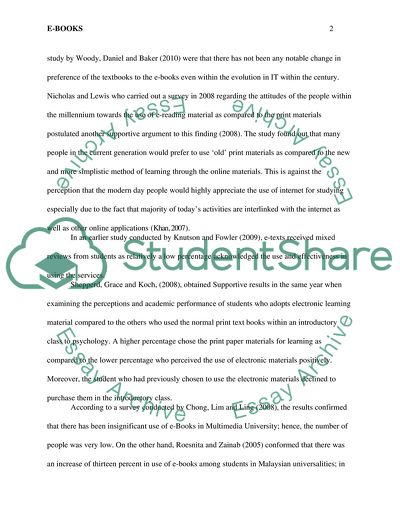Cite this document
(“Use of E-Books among University Statistics Students in Libya Thesis Proposal - 1”, n.d.)
Use of E-Books among University Statistics Students in Libya Thesis Proposal - 1. Retrieved from https://studentshare.org/information-technology/1622265-using-electronic-book-in-high-education
Use of E-Books among University Statistics Students in Libya Thesis Proposal - 1. Retrieved from https://studentshare.org/information-technology/1622265-using-electronic-book-in-high-education
(Use of E-Books Among University Statistics Students in Libya Thesis Proposal - 1)
Use of E-Books Among University Statistics Students in Libya Thesis Proposal - 1. https://studentshare.org/information-technology/1622265-using-electronic-book-in-high-education.
Use of E-Books Among University Statistics Students in Libya Thesis Proposal - 1. https://studentshare.org/information-technology/1622265-using-electronic-book-in-high-education.
“Use of E-Books Among University Statistics Students in Libya Thesis Proposal - 1”, n.d. https://studentshare.org/information-technology/1622265-using-electronic-book-in-high-education.


